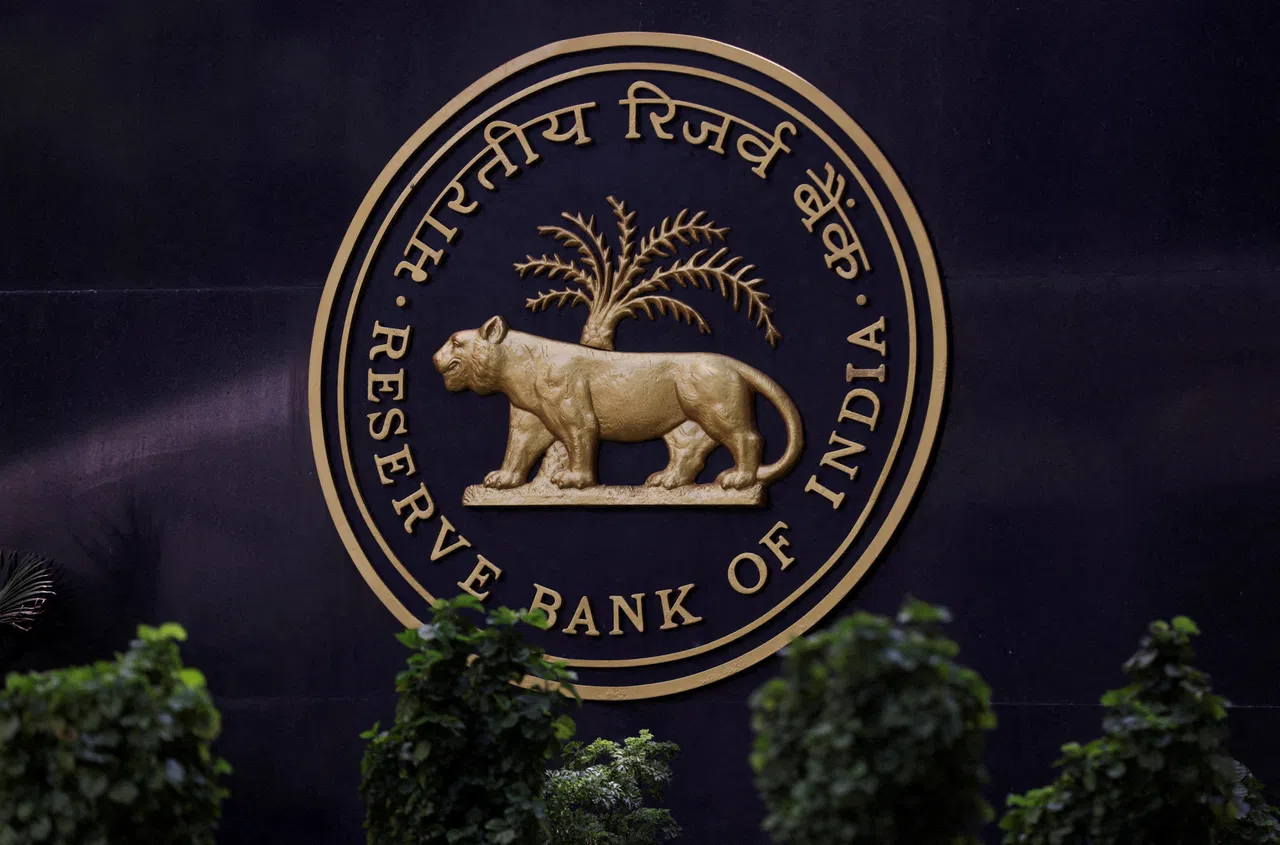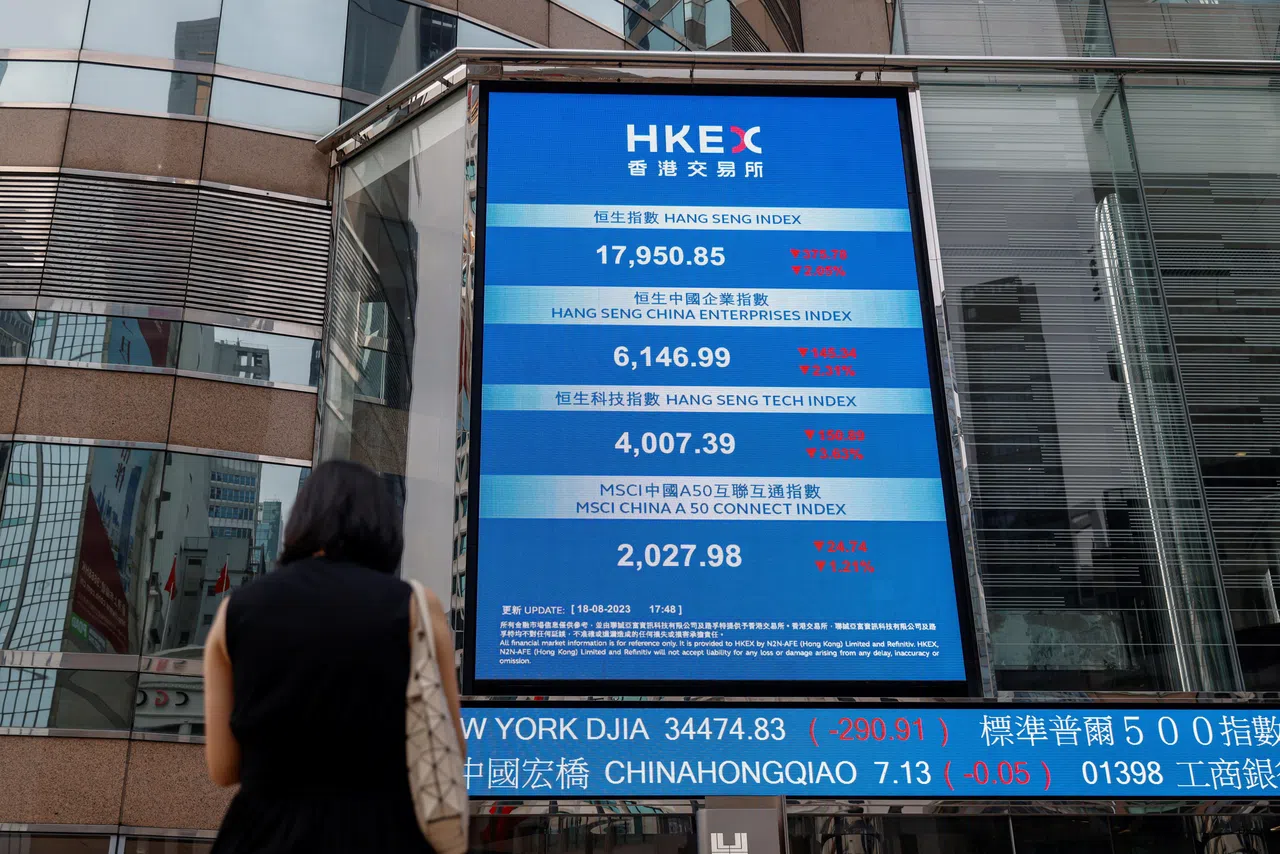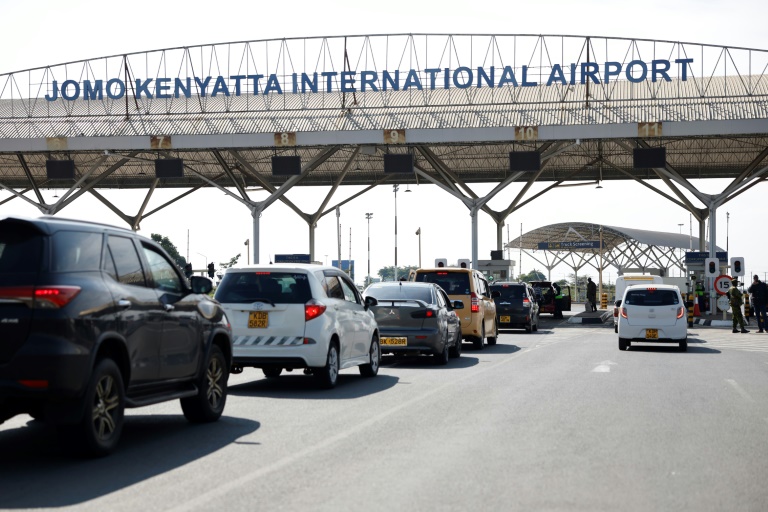India’s central bank will stick to its plan to ask lenders to set aside more funds for digitally linked deposits, despite the industry’s plea for a lower buffer to avoid a hit to their liquidity, three sources familiar with the matter told Reuters.
In July, the Reserve Bank of India (RBI) proposed that banks set aside an additional 5 per cent ‘run-off factor’ on digitally accessible retail deposits to better manage risks in case of quick and heavy withdrawals via internet or mobile banking.
The norms, due to be enforced next April, are expected to weigh on banks’ liquidity coverage ratios (LCR) – the amount of highly liquid assets available to meet short-term obligations – and was a key reason for the Indian Banks’ Association (IBA) urging that the run-off be cut to 2 per cent or 3 per cent, the sources said.
But the RBI is unlikely to accede and the final rules are expected to be “status quo,” a source aware of the RBI’s thinking said.
A second person aware of the discussions said “I would be surprised if the RBI decides to accept the IBA’s recommendation on the run-off factor.”
The collapse of US-based Silicon Valley Bank in March last year after a run on deposits has put regulatory bodies globally on alert, especially due to banks’ increasing dependence on digitally-sourced business, the first source said.
BT in your inbox
Start and end each day with the latest news stories and analyses delivered straight to your inbox.
In India, retail and small business accounts make up around two-thirds of deposits, of which more than 50 per cent are digitally accessible, Moody’s estimates.
The proposed rules considered the liquidity profile of all banks and 5 per cent “does not seem over the top,” a third source aware of the matter said.
The RBI may, however, consider a staggered increase in the run-off factor, a fourth person aware of the discussions said.
The sources declined to be named because they are not authorised to talk to the media. The RBI did not immediately respond to an email seeking comment.
Given the need for banks to manage their liquidity if the proposed norms are implemented, analysts expect increased demand for government bonds.
Assuming a 10 per cent drop in banks’ LCR, the system requirement for government securities could rise by almost four trillion rupees, rating agency ICRA estimates.
The RBI is still consolidating feedback, which will be reviewed by top management before finalising the norms, said a fifth person aware of the RBI’s thinking. REUTERS







